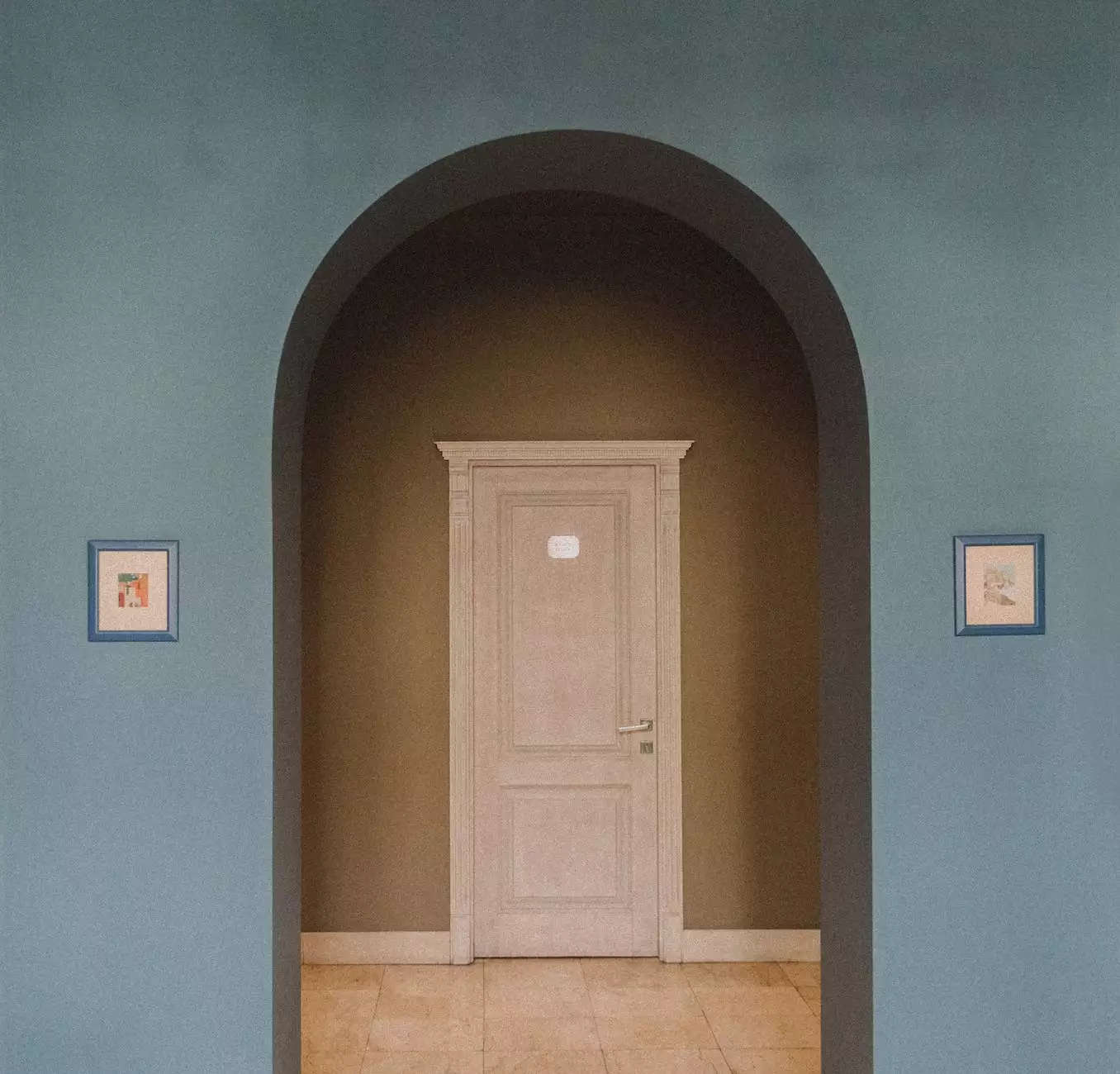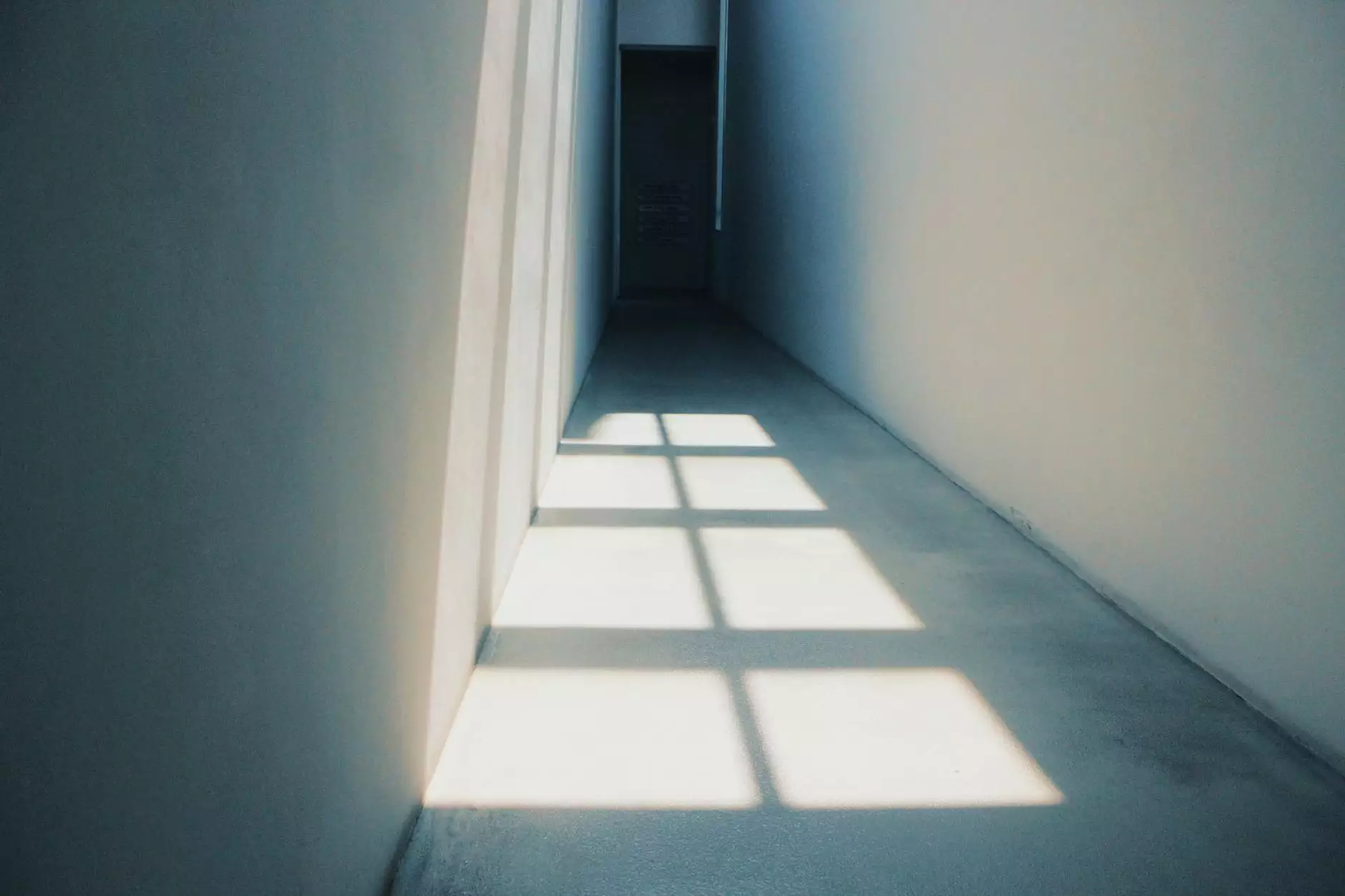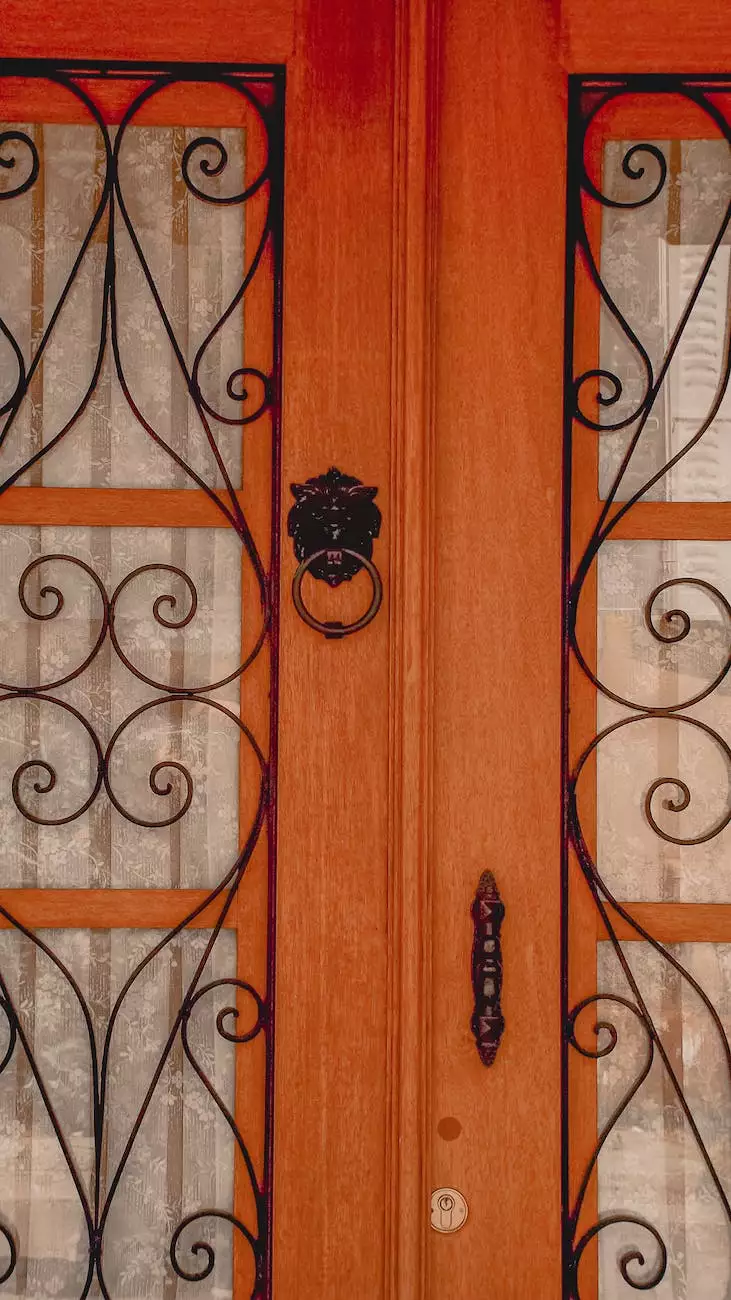3 Common Garage Door Repairs You Can DIY and One You Shouldn't
Clopay Door Information
When it comes to maintaining your garage door, addressing minor repairs on your own can save you time and money. However, it's important to understand what repairs you can safely handle yourself and which ones require professional assistance. Xpress Garage Door is here to guide you through the three common garage door repairs that you can confidently DIY, along with one repair that's best left to the experts.
1. Replacing Garage Door Springs
Garage door springs play a vital role in counterbalancing the weight of your garage door, making it easier to open and close. Over time, these springs may wear out or break, affecting the smooth functioning of your door. Fortunately, replacing garage door springs is a repair that can often be done by homeowners.
Before you begin, make sure to gather the necessary tools, including safety gloves and protective eyewear. Follow these steps to replace your garage door springs:
- Ensure your garage door is closed and disconnected from the power source to avoid accidents.
- Identify the type of springs used in your garage door system, as there are two common types: torsion springs and extension springs.
- Measure the dimensions of your current springs, including the length and wire size, to ensure you purchase the correct replacements.
- Release the tension from the springs using a winding bar, following the manufacturer's instructions specifically for your spring type.
- Once the tension is released, remove the old springs and install the new ones, making sure they are securely in place.
Always exercise caution while handling springs, as they are under tension and can cause injury if mishandled. Consider consulting an expert if you feel uncomfortable or unsure during any step of the process.
2. Lubricating Garage Door Tracks and Rollers
Adequate lubrication is crucial for maintaining the smooth operation of your garage door tracks and rollers. With regular use, dust, debris, and lack of lubrication can cause the door to become noisy or difficult to open and close. This is a repair that homeowners can easily handle themselves.
To lubricate your garage door tracks and rollers, follow these simple steps:
- Ensure the garage door is closed and disconnected from the power source.
- Clean the tracks with a damp cloth to remove any dirt or debris that may hinder the lubrication process.
- Using a silicone-based spray or garage door lubricant, apply a generous amount along the entire length of the tracks, as well as on the rollers and hinges.
- Operate the door a few times to evenly distribute the lubricant and ensure smooth movement.
Regularly lubricating your garage door tracks and rollers will help extend their lifespan and keep your door functioning smoothly. Remember to use a specifically designed lubricant to avoid attracting dirt and causing further damage.
3. Adjusting Garage Door Sensor Alignment
Garage door sensors are designed to detect obstacles or objects in the door's path, ensuring safe operation. If your garage door occasionally refuses to close or immediately reverses when closing, the sensors may be misaligned. This repair is typically straightforward and can be done without professional assistance.
To adjust the alignment of your garage door sensors, follow these steps:
- Locate the sensors on either side of your garage door, typically mounted near the bottom.
- Ensure there are no obstacles blocking the sensor's line of sight, such as dirt, spider webs, or debris.
- If the sensors are misaligned, loosen the mounting brackets and gently reposition them until both sensors are facing each other squarely.
- Tighten the mounting brackets to secure the sensors in their new position.
- Confirm that the sensor lights are lit or aligned correctly, indicating proper alignment.
Regularly inspecting and adjusting your garage door sensors will help prevent any safety issues and ensure efficient functioning.
When to Seek Professional Assistance
While the aforementioned repairs are suitable for DIY enthusiasts, it's essential to know when to call in professional garage door technicians. Any repair involving complex electrical components, significant structural damage, or challenging mechanical adjustments should be left to the experts at Xpress Garage Door.
If you encounter any of the following issues, it's time to seek professional assistance:
- Garage door opener motor replacement or repair.
- Installation of a new garage door.
- Severe garage door misalignment or track damage.
- Broken cables or rollers that require replacing.
Professional garage door technicians have the training, knowledge, and specialized tools to handle these complex repairs safely and efficiently. Attempting to tackle them yourself may result in further damage or even personal injury.
Conclusion
Xpress Garage Door understands the importance of maintaining a properly functioning garage door. By following the steps outlined above, you can confidently handle common garage door repairs on your own. However, always prioritize your safety and remember to consult professionals for repairs beyond your expertise. By doing so, you can ensure the longevity and efficient operation of your garage door.




